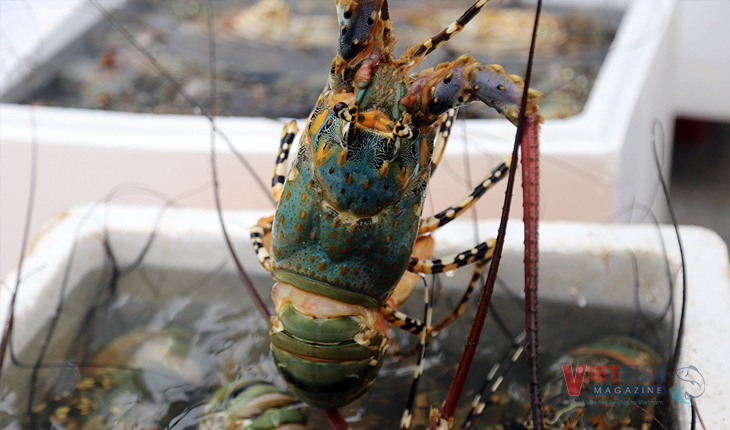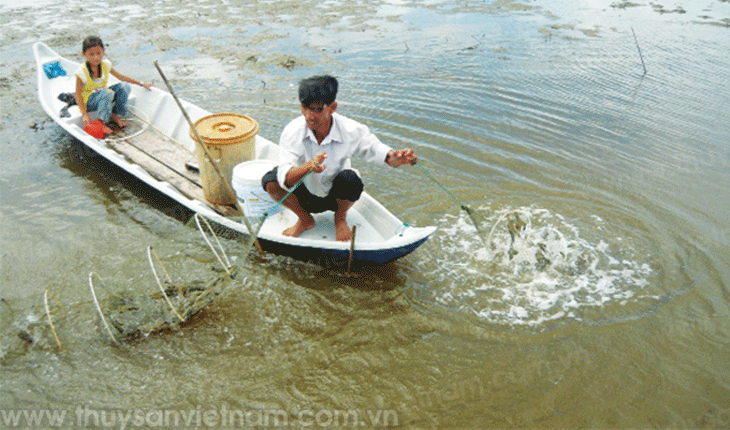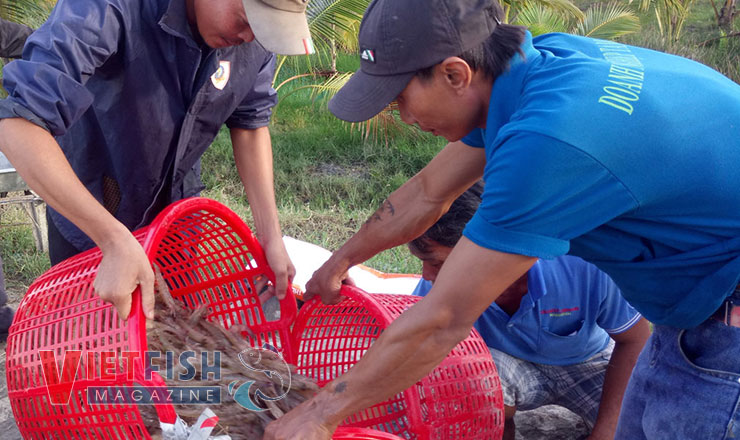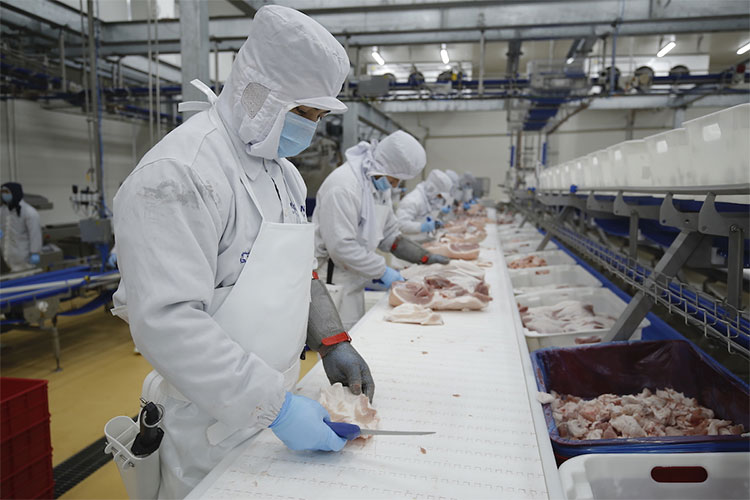Ca Mau: Seafood export turnover exceeds $1 billion for the fourth consecutive year
Ca Mau’s shrimp export turnover in 2023 reached over USD 1 billion, marking the fourth consecutive year the province has achieved this milestone.
Chau Cong Bang, Deputy Director of the Department of Agriculture and Rural Development of Ca Mau Province, stated that the province has a strong advantage in aquaculture, with over 280,000 hectares of water areas, a 256-kilometer coastline, and diverse farming models including intensive, super-intensive, extensive, improved extensive, shrimp-rice, and shrimp- mangrove systems. The province’s average annual aquaculture production is over 230,000 tons, with a projected output of 243,000 tons in 2024. Its annual export turnover exceeds USD 1.1 billion.
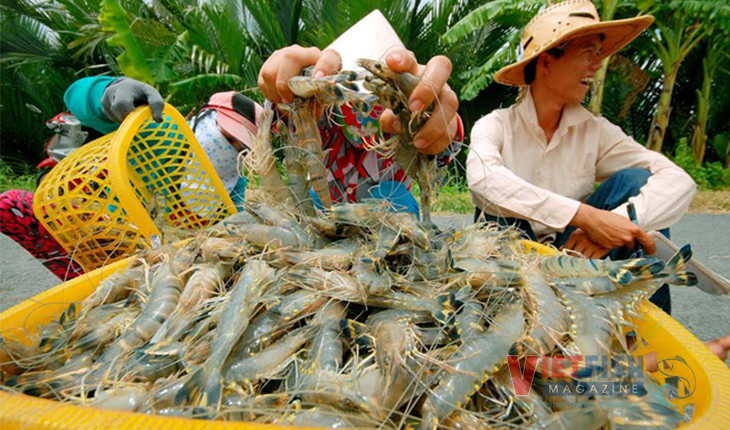
However, over a long period, the shrimp industry in Ca Mau has faced numerous challenges, particularly the prolonged and deep decline in shrimp material prices. Recently, shrimp prices have rebounded, signaling a positive outlook that encourages the shrimp industry to accelerate in the final months of 2024.
Although Ca Mau’s shrimp export turnover in 2023 exceeded USD 1 billion, the production profits for farmers remained low, even within the rice-shrimp farming model, Bang said. Therefore, infrastructure in farming areas needs to be invested in and upgraded, with a focus on solar-powered equipment, to reduce production costs and increase profits for shrimp farmers.
Production is good, but the profits for shrimp farmers and export enterprises have not met expectations and, in some cases, have even incurred losses. This is a significant challenge for the shrimp industry, Bang reported.
According to local authorities of the Department of Agriculture and Rural Development, the province recently collaborated with the Directorate of Fisheries (Ministry of Agriculture and Rural Development) to organize a workshop to identify the current challenges in the shrimp farming industry. The goal is to find suitable solutions to assist shrimp-farming localities and improve the effectiveness of brackish water shrimp farming.
Tran Dinh Luan, Director General of the D-Fisheries (Ministry of Agriculture and Rural Development), assessed that Vietnam’s shrimp industry is facing numerous challenges, particularly diseases in shrimp farming. Diseases such as white spot disease, early mortality syndrome (EMS), and bacterial infections are severely impacting both shrimp productivity and quality. Disease management in shrimp ponds remains inadequate, leading to a high risk of outbreaks, especially under climate change conditions.
“The impact of climate change is increasing extreme weather events such as storms, floods, and droughts, affecting water environments and making it difficult to maintain farming conditions. Saltwater intrusion also impacts water quality, which in turn negatively affects the health of farmed shrimp”, Luan said.
Luan added that international competition and trade barriers are increasingly high. Countries like India, Ecuador, and Indonesia also have strong shrimp industries and are fierce competitors. Trade barriers and stringent standards imposed by major import markets such as the United States, the EU, and Japan are becoming stricter in terms of quality, traceability, and food safety. Production costs, feed expenses, and veterinary costs for shrimp in Vietnam remain relatively high. Additionally, cost control has not been fully effective, making the price of Vietnamese shrimp less competitive compared to other countries.
Difficulties in accessing new technology and techniques have led many shrimp farmers to continue using traditional farming methods, with limited investment in modern technology and sustainable farming practices. Access to new technologies for disease management, productivity improvement, and environmental protection remains limited. The shrimp industry lacks a workforce with the specialized knowledge and high-level skills needed to implement modern and sustainable shrimp farming processes, as well as to meet the demands of major export markets.
According to Luan, the issue of increasing productivity and output must go hand in hand with the profits of farmers and businesses. The profits of shrimp farmers are low due to many reasons, but the main cause is high production costs, the increasing number of diseases, and the difficulties in disease management in shrimp farming. While poultry and pigs can be raised in a single barn, shrimp farming involves many ponds with large areas and inadequate infrastructure, which makes disease management particularly challenging. Therefore, the Vietnamese shrimp industry needs to improve quality and reduce costs to establish a strong position in the international market.
VFM


